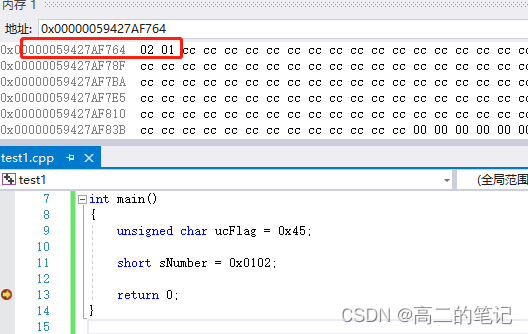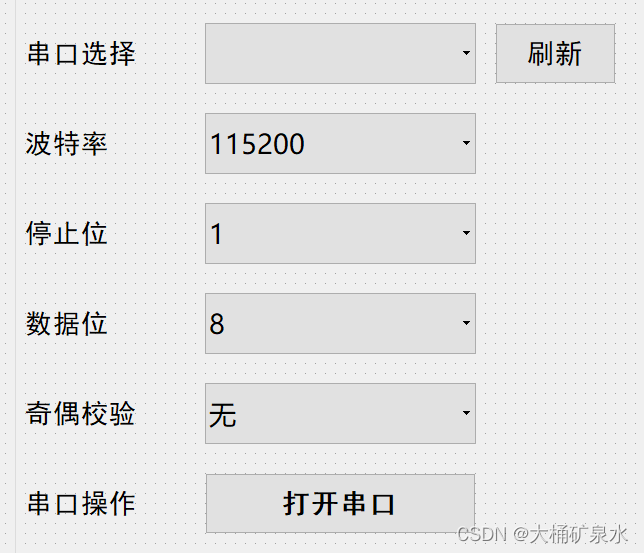OpenCV Python 轮廓特征
【目标】
- 轮廓矩
- 轮廓周长、轮廓面积
- 轮廓拟合、轮廓凸包、轮廓凹凸性检查
- 外接矩形、最小包围圈
- 椭圆拟合、直线拟合
【代码】
- 周长、面积、矩

第一幅图像为原始轮廓图像,第二幅图像为轮廓点拟合图像(精度为周长的1/10),第三幅图像为轮廓点拟合图像(精度为周长的 5/1000)
import numpy as np
import cv2
# 读入图像并二值化
img = cv2.imread('star1.png', 0)
img_color = cv2.cvtColor(img, cv2.COLOR_GRAY2BGR)
ret,thresh = cv2.threshold(img, 127, 255, cv2.THRESH_BINARY)
# 寻找轮廓,图像中第一个轮廓就是需要的轮廓,
# 如果在其他程序中,需要根据一定条件进行筛选
# 图像矩可以计算一些特征,例如:物体的质心,物体的面积
# Cx = M10 / M00, Cy = M01 / M00
contours, hierarchy = cv2.findContours(thresh, cv2.RETR_LIST, cv2.CHAIN_APPROX_SIMPLE)
cnt = contours[0]
M = cv2.moments(cnt)
print("星号的矩为:", M )
img_color0 = img_color.copy()
cv2.drawContours(img_color0, [cnt], 0, (0, 128, 255), 3, maxLevel=0)
cv2.imshow("contours-src", img_color0)
# contour的面积可以直接使用 contourArea
# 也可以用 M['m00'] 来获得
area = cv2.contourArea(cnt)
print("星号的面积为:", area)
# 输出周长
# 第二个参数如果为True,则为闭合的轮廓,否则为弧
perimeter = cv2.arcLength(cnt, True)
print("星号的周长为:", perimeter)
# 轮廓近似
# 用另一个更少点的形状去拟合原来的轮廓(使用算法为 道格拉斯-普克算法 ,
# 将曲线近似表示为一系列点,并减少点的数量的一种 算法)
img_color1 = img_color.copy()
epsilon = 0.1 * perimeter
approx = cv2.approxPolyDP(cnt, epsilon, True)
cv2.drawContours(img_color1, [approx], 0, (0, 255, 0), 3, maxLevel=0)
cv2.imshow("0.1-approxPolyDP", img_color1)
# 拟合精度更高,需要的点回更多一些
img_color2 = img_color.copy()
epsilon2 = 0.005 * perimeter
approx2 = cv2.approxPolyDP(cnt, epsilon2, True)
cv2.drawContours(img_color2, [approx2], 0, (0, 255, 255), 3, maxLevel=0)
cv2.imshow("0.005-approxPolyDP", img_color2)
cv2.waitKey(0)
cv2.destroyAllWindows()
以上代码打印如下:
星号的矩为: {'m00': 130522.0, 'm10': 33632144.0, 'm01': 24005228.166666664, 'm20': 10974770282.666666, 'm11': 6224358011.416666, 'm02': 5406270574.5, 'm30': 4011914771313.0, 'm21': 2046283287276.75, 'm12': 1408108180508.5833, 'm03': 1363179635382.75, 'mu20': 2308636527.15621, 'mu11': 38831506.65739727, 'mu02': 991298544.2389975, 'mu30': -5751574310.887695, 'mu21': 7823576580.904053, 'mu12': 768507355.5574036, 'mu03': 4240497589.183838, 'nu20': 0.13551523513082395, 'nu11': 0.0022793803586064827, 'nu02': 0.058188482130994895, 'nu30': -0.0009344959758346628, 'nu21': 0.001271147765169143, 'nu12': 0.00012486442708533664, 'nu03': 0.000688981436808956}
星号的面积为: 130522.0
星号的周长为: 2386.9503506422043
- 凸包

# 什么是凸包?
# 凸: 凸对象内部任意两点连接所有点都在图像内部,则为凸对象,否则为非凸或凹对象。
# 包: 能够完全包住对象的最小形状
import numpy as np
import cv2
# 读入灰度图像,并阈值化
image = cv2.imread("worldmap.png", 0)
ret, thresh = cv2.threshold(image, 200, 255, cv2.THRESH_BINARY_INV)
# 寻找阈值图像的轮廓
contours, hierarchy = cv2.findContours(thresh, cv2.RETR_TREE, cv2.CHAIN_APPROX_SIMPLE)
# # 画出所有轮廓
map_color = cv2.cvtColor(image, cv2.COLOR_GRAY2BGR)
cv2.drawContours(map_color, contours, -1, (0, 255, 0), 1)
# 计算各个轮廓的凸包
hull = []
for i in range(len(contours)):
hull.append(cv2.convexHull(contours[i], False))
# 创建一个黑色的画布
drawing = np.zeros((thresh.shape[0], thresh.shape[1], 3), np.uint8)
# 画轮廓和凸包点
for i in range(len(contours)):
color_contours = (0, 255, 0) # green - color for contours
hullcolor = (0, 0, 255) # blue - color for convex hull
# 画轮廓
cv2.drawContours(drawing, contours, i, color_contours, 1, 8, hierarchy)
# 画凸包
cv2.drawContours(drawing, hull, i, hullcolor, 1, 8)
cv2.imshow("drawing", drawing)
cv2.imshow("map_color", map_color)
cv2.imshow("thresh", thresh)
cv2.waitKey(0)
cv2.destroyAllWindows()
- 拟合

import numpy as np
import cv2
# 读入灰度图像,并阈值化
image = cv2.imread("testfit.png", 0)
ret, thresh = cv2.threshold(image, 127, 255, cv2.THRESH_BINARY)
colorim = cv2.cvtColor(image, cv2.COLOR_GRAY2BGR)
# 寻找阈值图像的轮廓
contours, hierarchy = cv2.findContours(
thresh, cv2.RETR_TREE, cv2.CHAIN_APPROX_SIMPLE)
cnt = contours[0]
# 找到最小的外接矩形
boundingRectImg = colorim.copy()
x,y,w,h = cv2.boundingRect(cnt)
cv2.rectangle(boundingRectImg, (x,y), (x+w, y+h), (0, 255, 0), 2)
# 找到最小倾斜矩形
minAreaRectImg = colorim.copy()
rect = cv2.minAreaRect(cnt)
box = cv2.boxPoints(rect)
box = np.int0(box)
cv2.drawContours(minAreaRectImg, [box], 0, (0, 0, 255), 2)
# 最小圆拟合
minEnclosingCircleImg = colorim.copy()
(x,y),radius = cv2.minEnclosingCircle(cnt)
center = (int(x),int(y))
radius = int(radius)
cv2.circle(minEnclosingCircleImg, center, radius, (0,255,0), 2)
# 最小椭圆拟合
fitEllipseImg = colorim.copy()
ellipse = cv2.fitEllipse(cnt)
cv2.ellipse(fitEllipseImg, ellipse, (0,255,0), 2)
# 直线拟合
fitLineImg = colorim.copy()
rows, cols = img.shape[:2]
[vx, vy, x, y] = cv2.fitLine(cnt, cv2.DIST_L2, 0, 0.01, 0.01)
lefty = int((-x*vy/vx) + y)
righty = int(((cols-x)*vy/vx)+y)
cv2.line(fitLineImg, (cols-1, righty), (0, lefty), (0, 255, 0), 2)
cv2.imshow("thresh", thresh)
cv2.imshow("boundingRect", boundingRectImg)
cv2.imshow("minAreaRect", minAreaRectImg)
cv2.imshow("minEnclosingCircleImg", minEnclosingCircleImg)
cv2.imshow("fitEllipseImg", fitEllipseImg)
cv2.imshow("fitLineImg", fitLineImg)
cv2.waitKey(0)
cv2.destroyAllWindows()
【接口】
- moments
Moments cv::moments ( InputArray array,
bool binaryImage = false
);
cv.moments( array[, binaryImage] ) -> retval
计算图像最高到三阶的所有矩;
- array: 数字化图像, 单通道, 8位或2D浮点矩阵或者 1xN 或者 Nx1 的二维点集
- binaryImage: 如果为真,则所有非零为1,该参数只适合图像。
- contourArea
double cv::contourArea ( InputArray contour,
bool oriented = false
);
cv.contourArea( contour[, oriented] ) -> retval
计算一个轮廓的面积
- contour: 输入的2维点集的vector, 存储为 std::vector或者Mat
- oriented: 定向区域标志,如果为真,则返回有符号的面积值,可以通过值的正负来确定方向,一般情况下默认为false.
- arcLength
double cv::arcLength ( InputArray curve,
bool closed
);
cv.arcLength( curve, closed ) -> retval
计算一个轮廓的周长或者一个曲线的弧长
- curve: 输入的2维点集的vector, 存储为 std::vector或者Mat
- closed: 表明曲线是否为闭合
- approxPolyDP
void cv::approxPolyDP ( InputArray curve,
OutputArray approxCurve,
double epsilon,
bool closed
);
cv.approxPolyDP( curve, epsilon, closed[, approxCurve] ) -> approxCurve
近似拟合以一定精度拟合很多个点的曲线,道格拉斯-普克算法
- curve: 输入的2维点集的vector, 存储为 std::vector或者Mat
- approxCurve: 近似拟合的曲线结果
- epsilon: 精度
- closed: 如果为真,则为闭合的曲线,首尾相连
- convexHull
void cv::convexHull ( InputArray points,
OutputArray hull,
bool clockwise = false,
bool returnPoints = true
);
cv.convexHull( points[, hull[, clockwise[, returnPoints]]] ) -> hull
找到点集的一个凸包
- points: 输入的2维点集的vector, 存储为 std::vector或者Mat
- hull: 输出的凸包点集
- clockwise: 方向标志,如果为真,则为顺时针
- returnPoints: 操作标记,在矩阵(二维图像)下,如果flag为真,则返回的是凸包点集,否则返回的是索引。当输出是 std::vector 时,该标记被忽略。std::vector implies returnPoints=false, std::vector implies returnPoints=true.
- boundingRect
Rect cv::boundingRect ( InputArray array )
cv.boundingRect( array ) -> retval
计算一个灰阶图像中点集或非零像素的外接矩形
- array: 点集
- minAreaRect
RotatedRect cv::minAreaRect ( InputArray points );
cv.minAreaRect( points ) -> retval
找二维点集的最小面积外接矩形(可能旋转的)
- points: 输入的2维点集的vector, 存储为 std::vector或者Mat
- boxPoints
void cv::boxPoints ( RotatedRect box,
OutputArray points
);
cv.boxPoints( box[, points] ) -> points
找一个旋转矩形的四个顶点,用于画旋转矩形
- box: 旋转矩形
- points: 输出的4个顶点
- fitEllipse
RotatedRect cv::fitEllipse ( InputArray points )
cv.fitEllipse( points ) -> retval
拟合二维点集的椭圆
- points: 输入的二维点集.
- minEnclosingCircle
void cv::minEnclosingCircle ( InputArray points,
Point2f & center,
float & radius
);
cv.minEnclosingCircle( points ) -> center, radius
计算一个二维点集最小的包围圆
- points: 输入的二维点集
- center: 输入的圆心
- radius: 输出的半径
- fitLine
void cv::fitLine ( InputArray points,
OutputArray line,
int distType,
double param,
double reps,
double aeps
);
cv.fitLine( points, distType, param, reps, aeps[, line] ) -> line
直线拟合二维或者三维点集
- points: 输入的二维或者三维点集,存储为 std::vector<> or Mat.
- line: 输出的直线参数,如果是二维点集,则 (like Vec4f) - (vx, vy, x0, y0), where (vx, vy) is a normalized vector collinear to the line and (x0, y0) is a point on the line. In case of 3D fitting, it should be a vector of 6 elements (like Vec6f) - (vx, vy, vz, x0, y0, z0), where (vx, vy, vz) is a normalized vector collinear to the line and (x0, y0, z0) is a point on the line.
- distType: 距离计算的类型;
- param: Numerical parameter ( C ) for some types of distances. If it is 0, an optimal value is chosen.
- reps: 半径的精度(坐标轴中心到直线的距离)
- aeps: 角度的精度,0.01是一个比较好的默认值。

【参考】
- OpenCV 官方文档
- 【从零学习OpenCV 4】图像矩的计算与应用
- Convex Hull using OpenCV in Python and C++
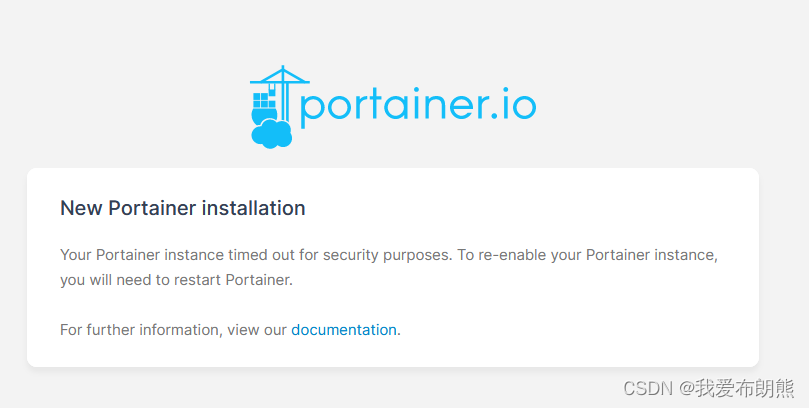

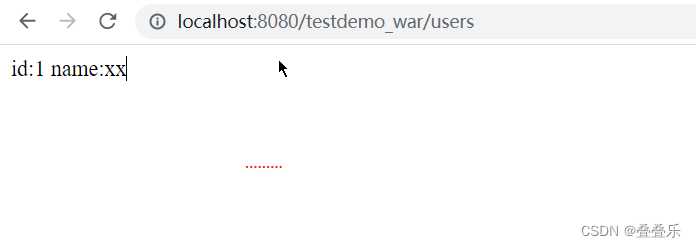

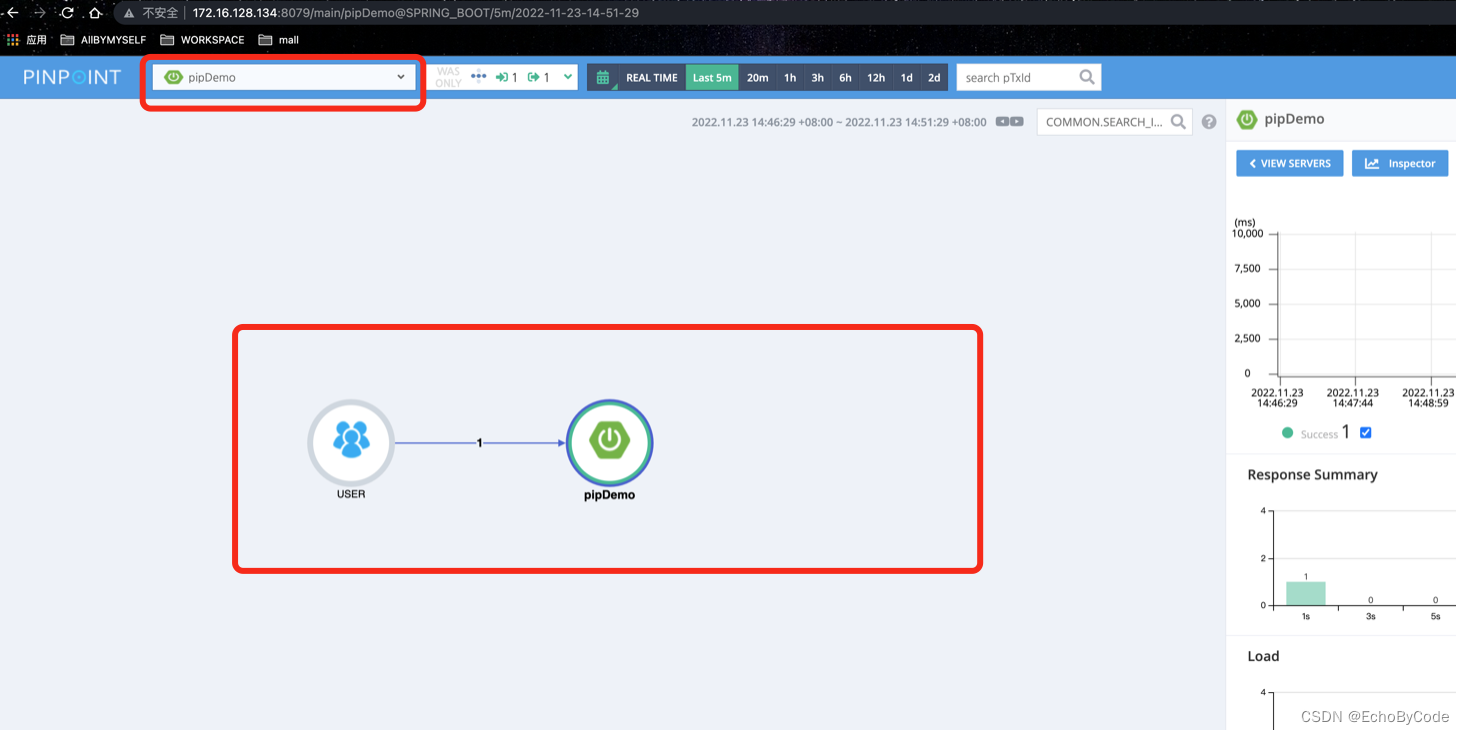

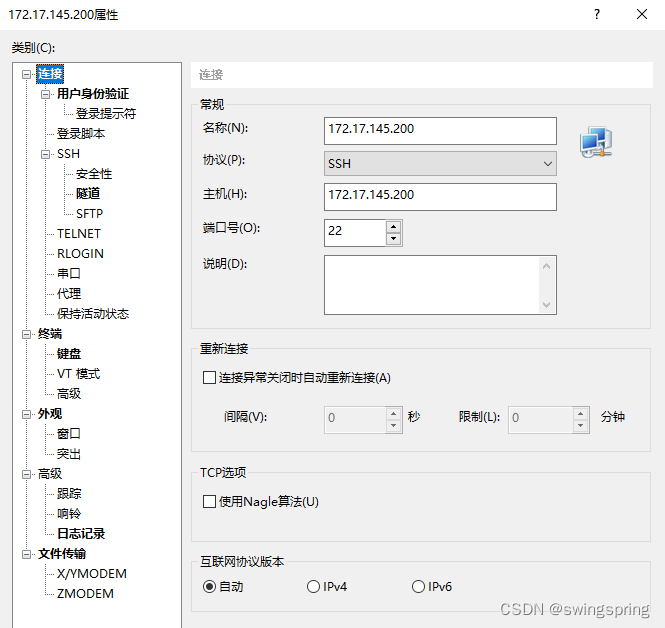
![[附源码]SSM计算机毕业设计基于篮球云网站JAVA](https://img-blog.csdnimg.cn/a4676579917d4a72948212b207d70175.png)
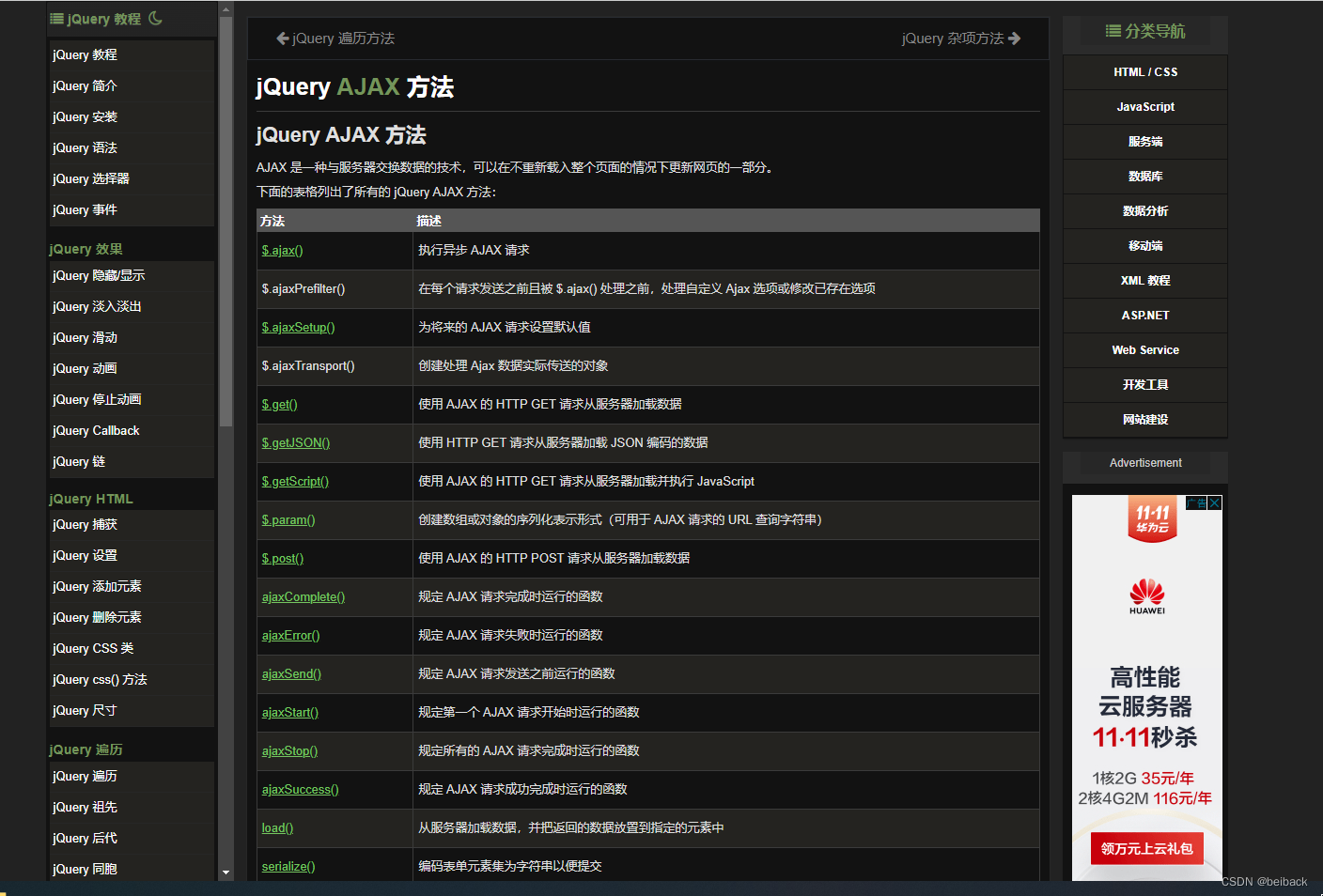
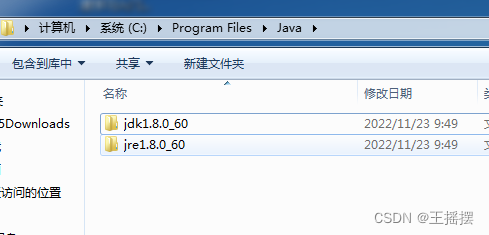
![[附源码]java毕业设计学习资源共享与在线学习系统](https://img-blog.csdnimg.cn/8ad54e0f761b4c95a6a1c905ef45b506.png)

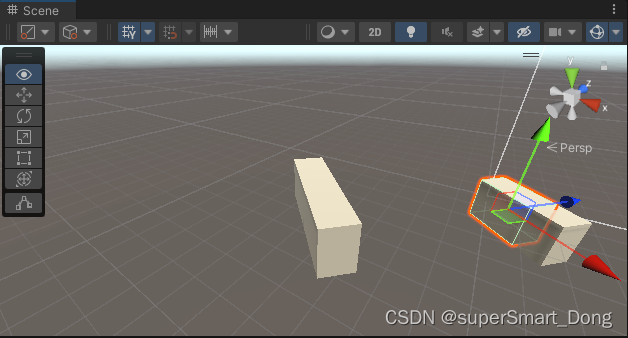
![[LabVIEW]圖像內的物件計算_Count objects](https://img-blog.csdnimg.cn/b108ad7a864640788af0cabcd67910e3.png)
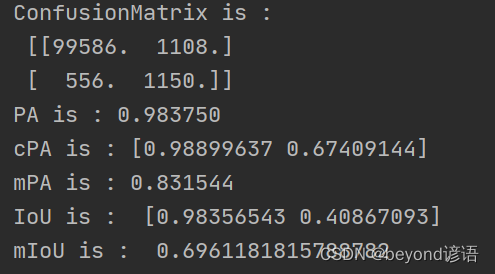

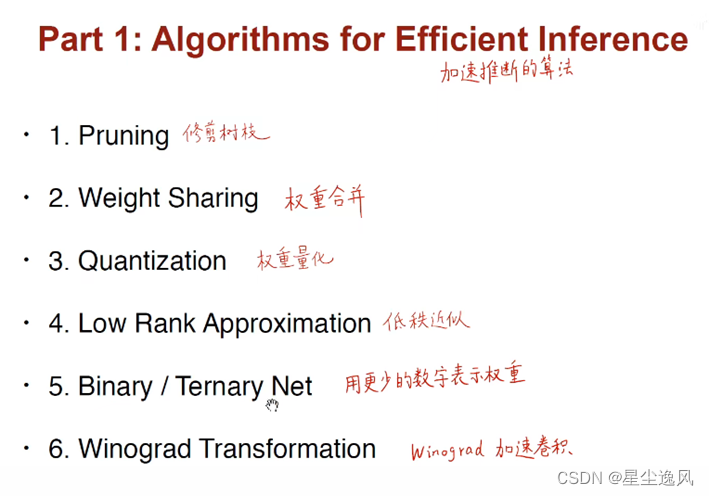
![[carla] GNSS传感器与Carla坐标系 转换方法](https://img-blog.csdnimg.cn/a21b45652631446492992a23aa20880b.png)
